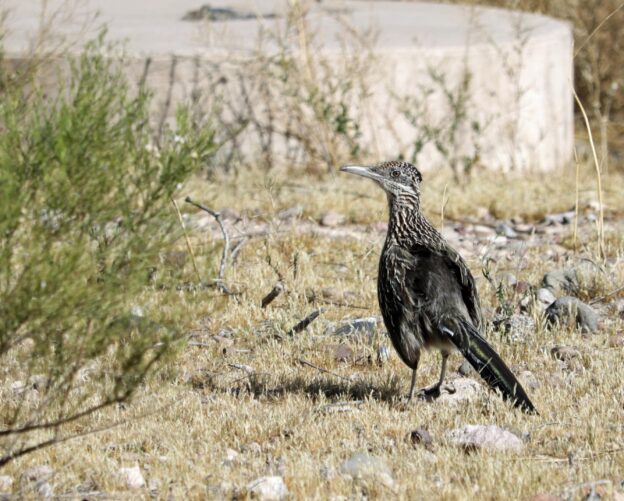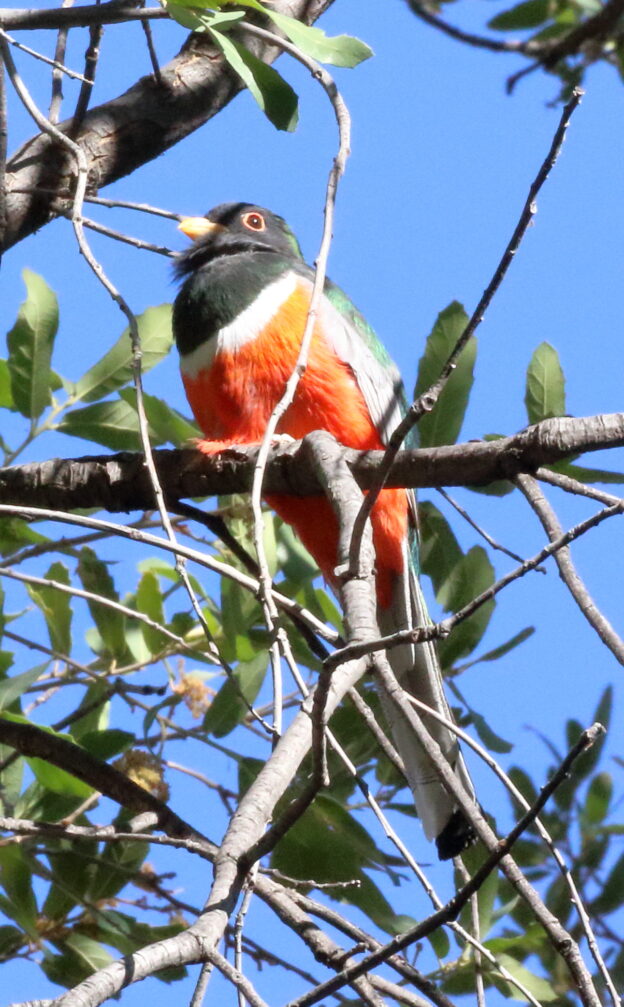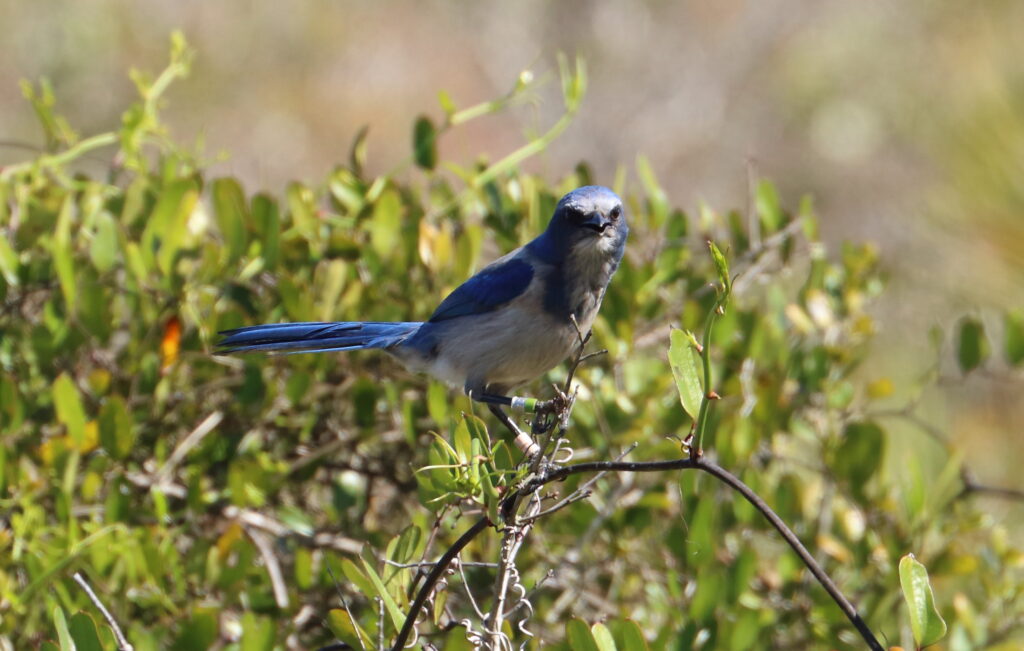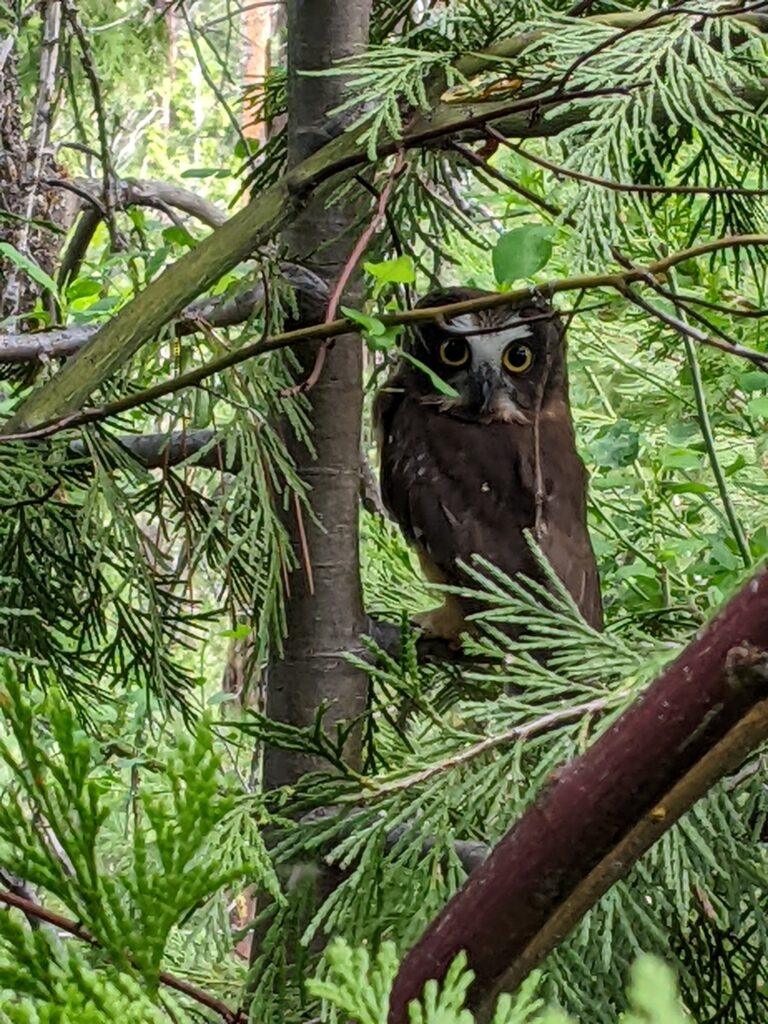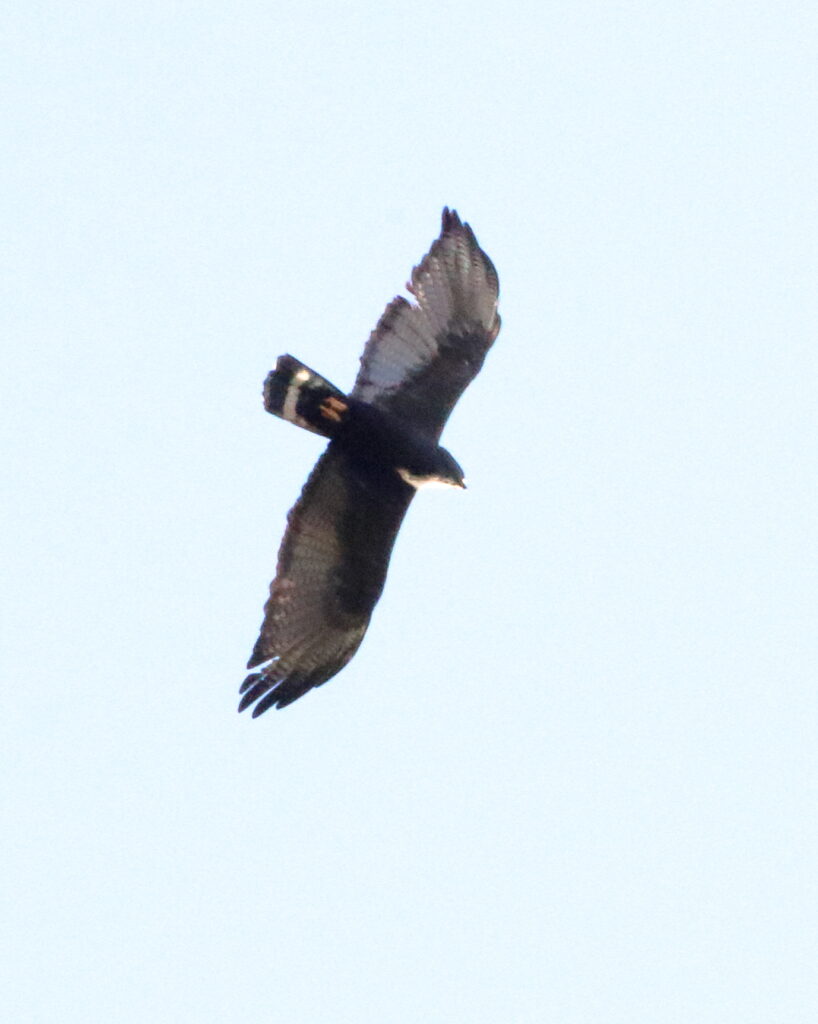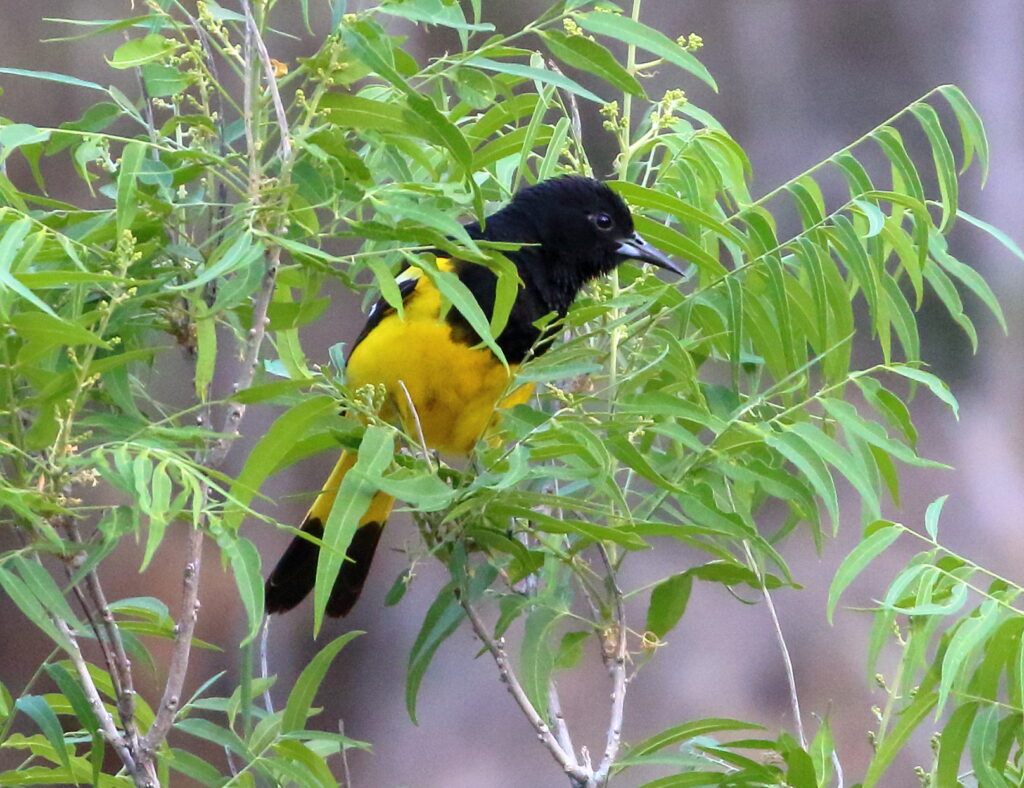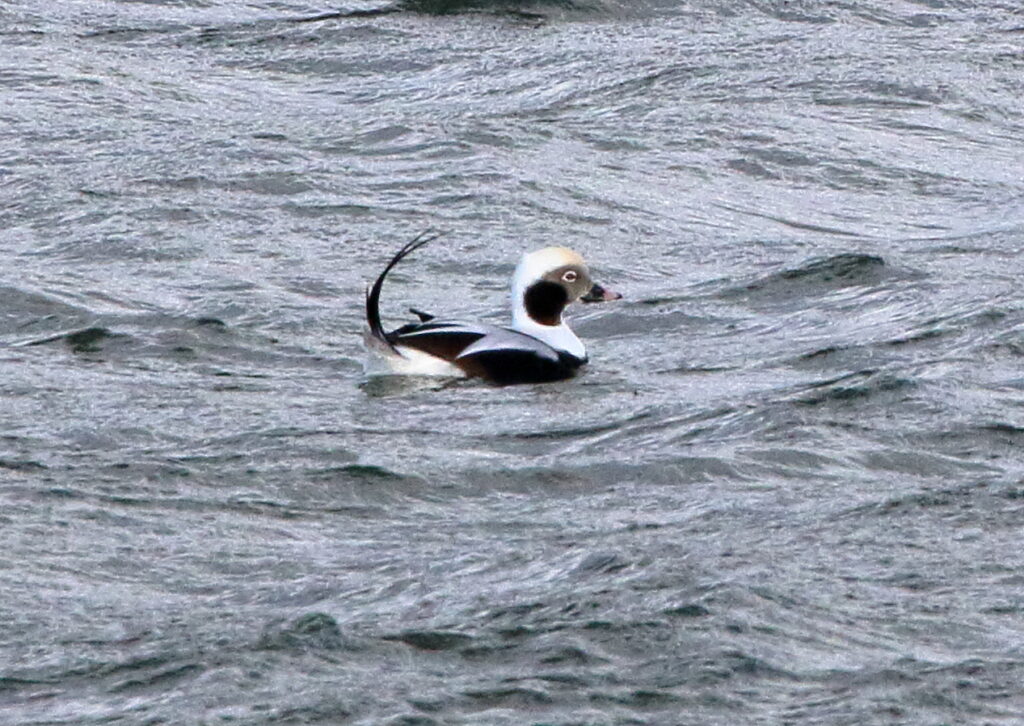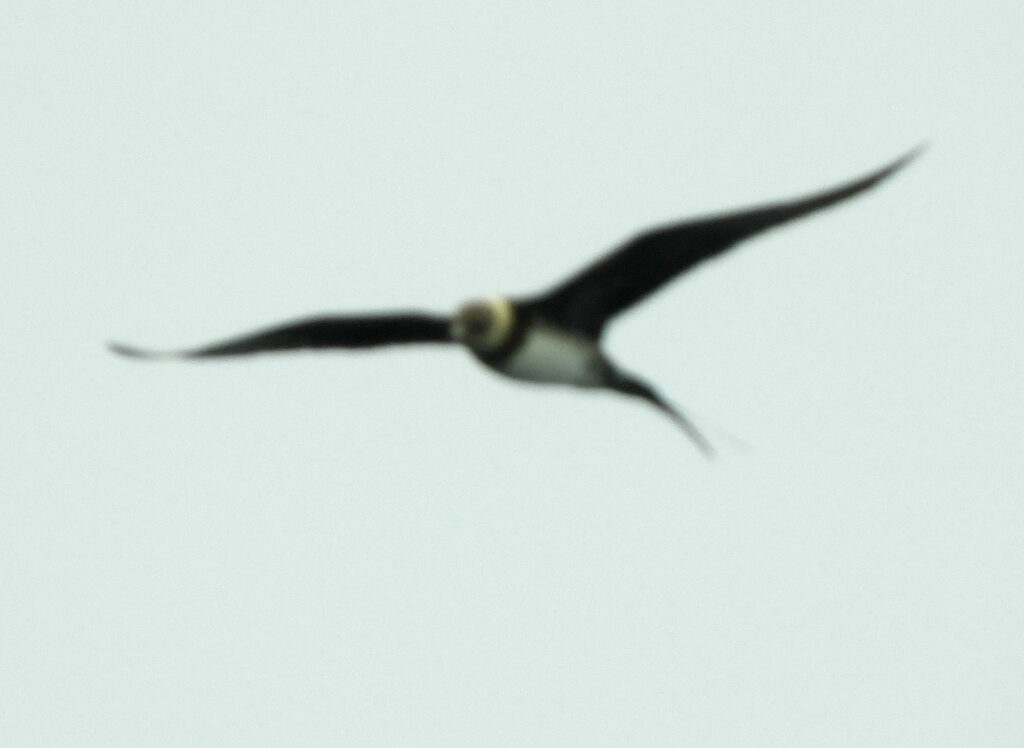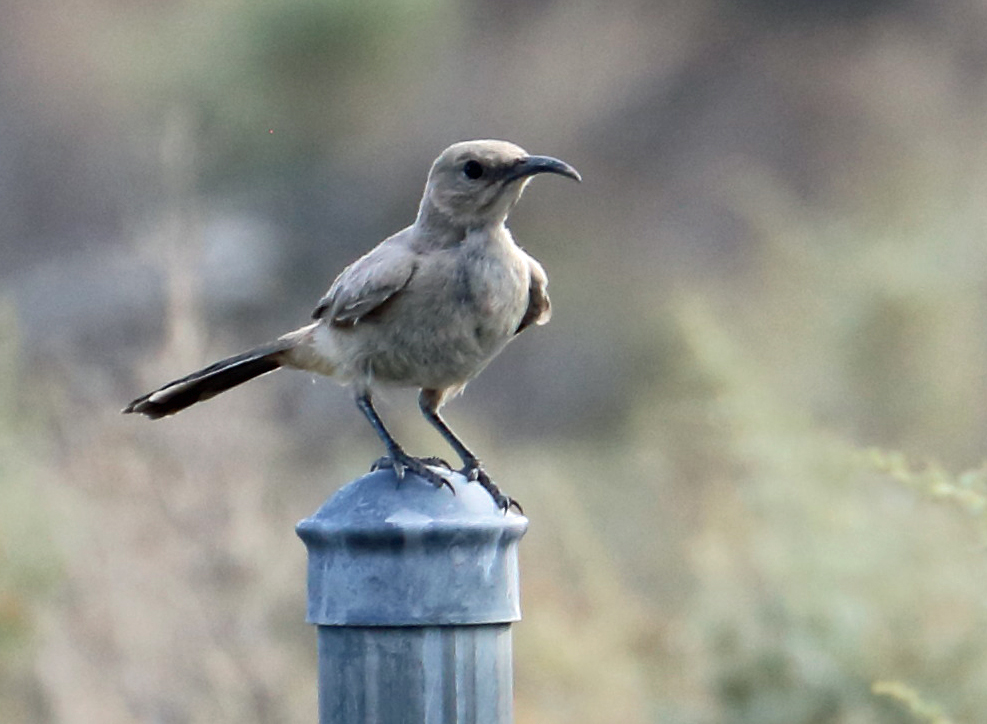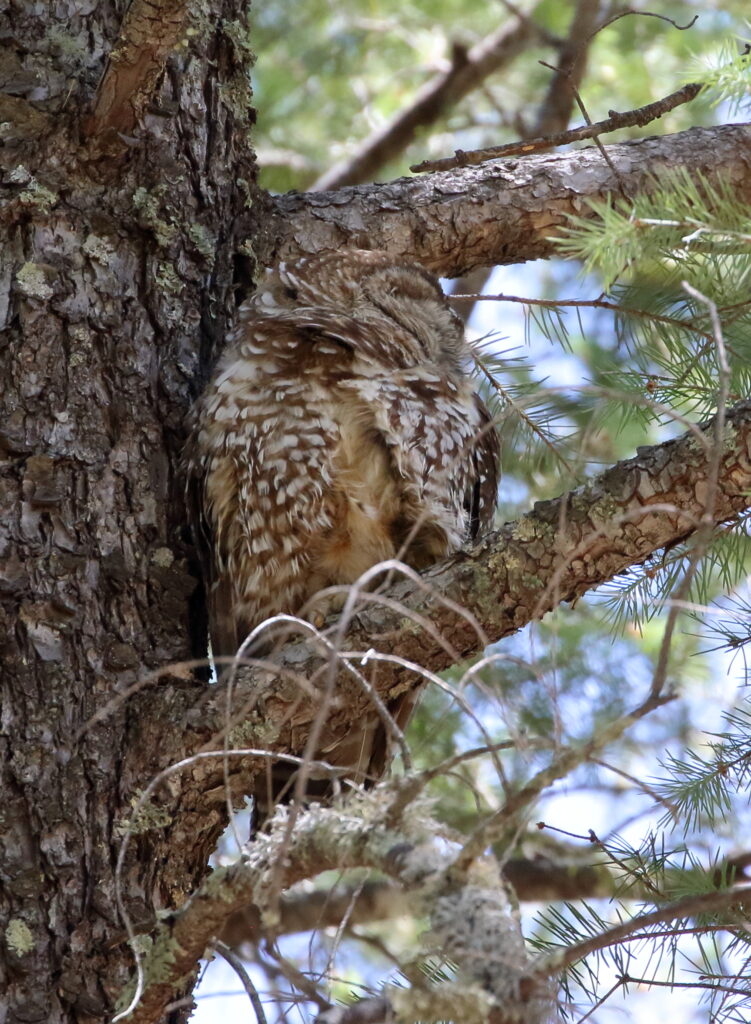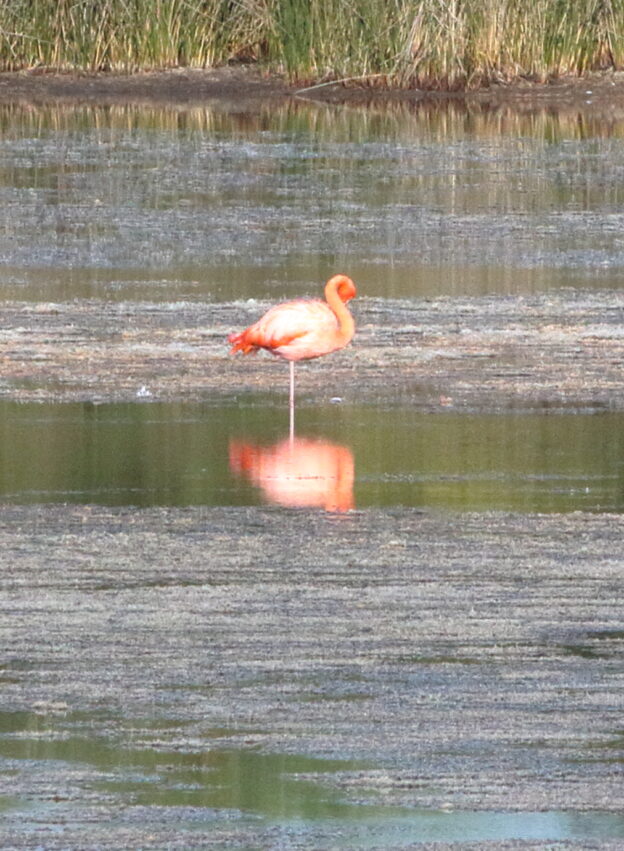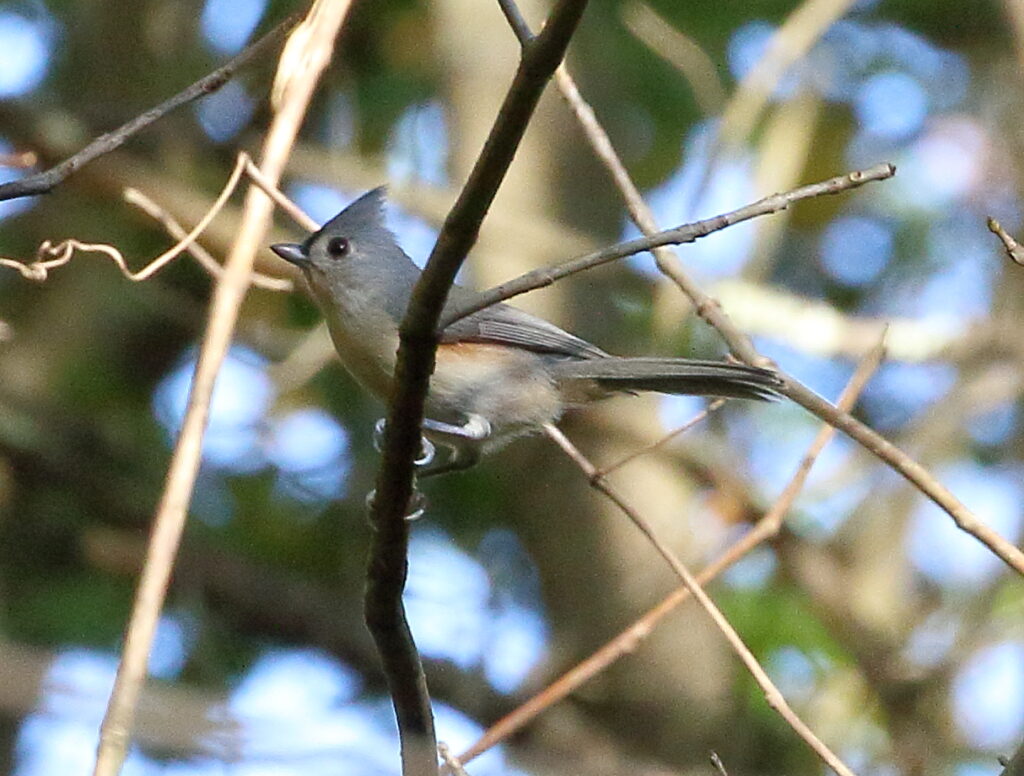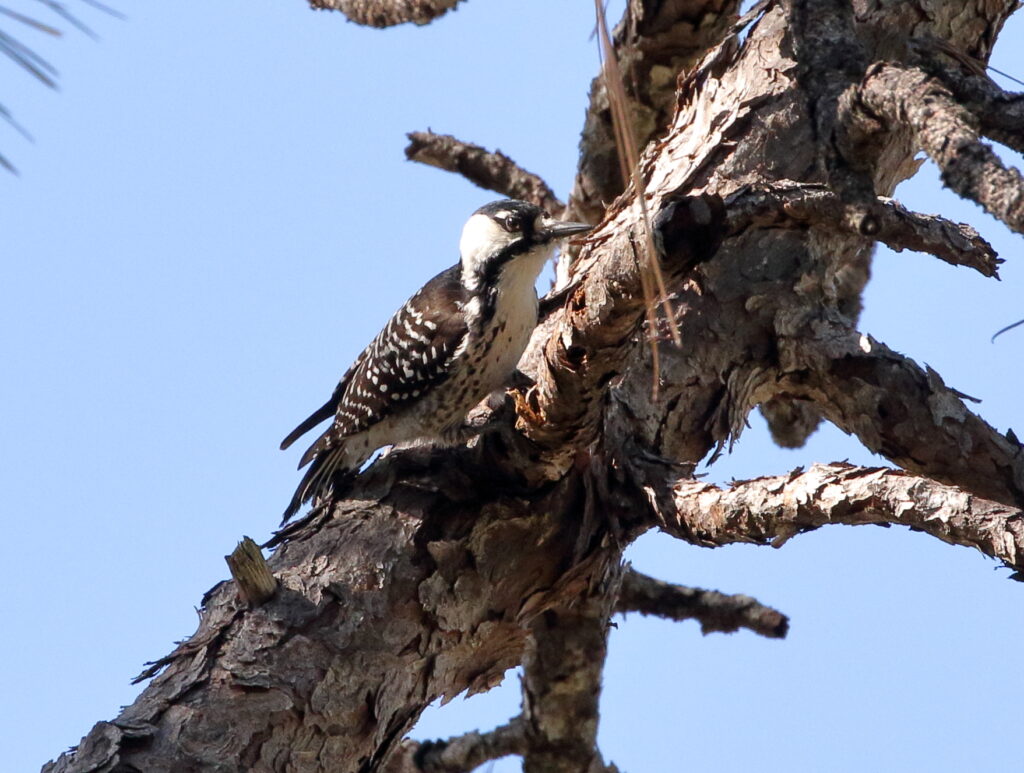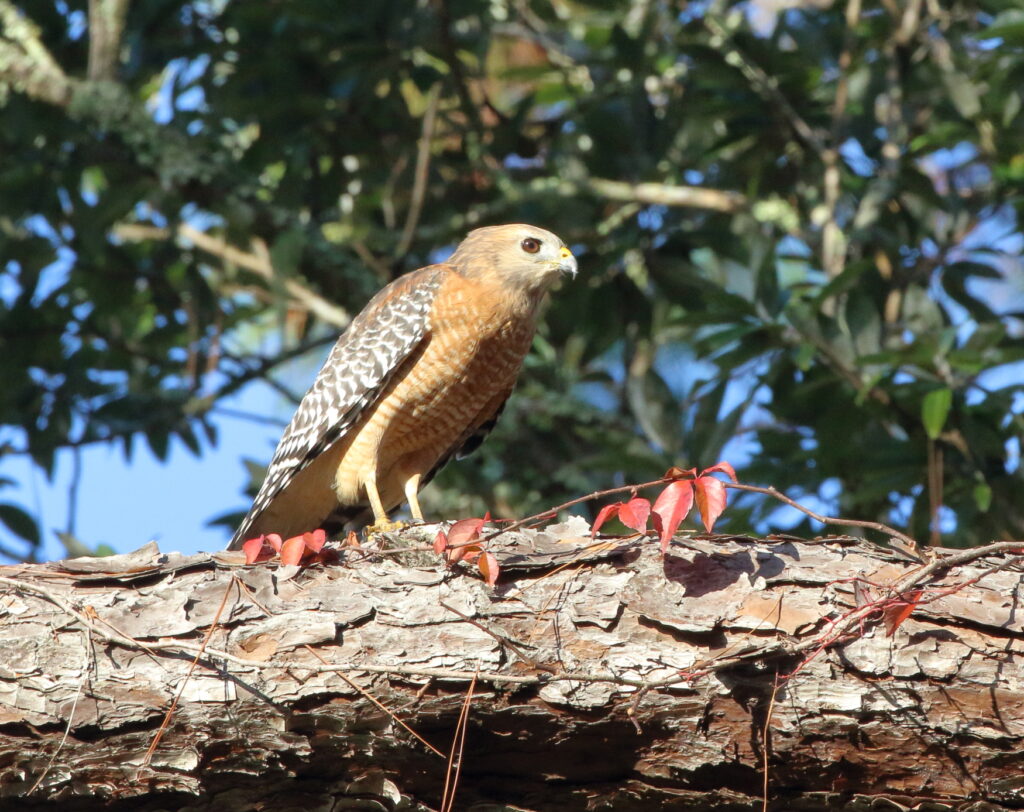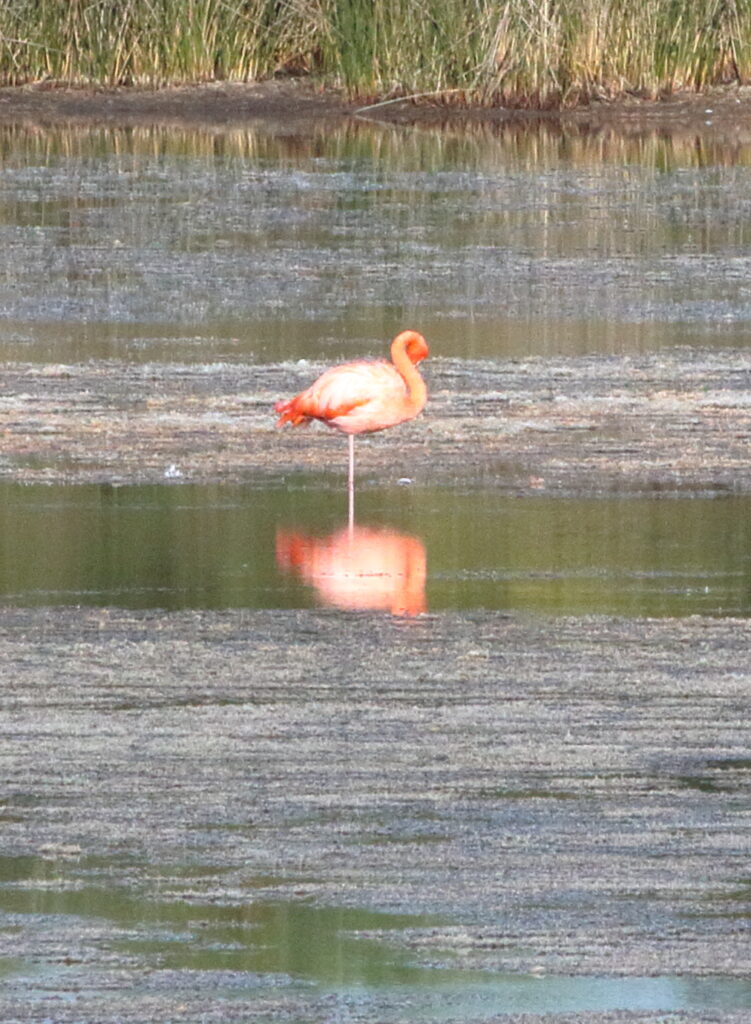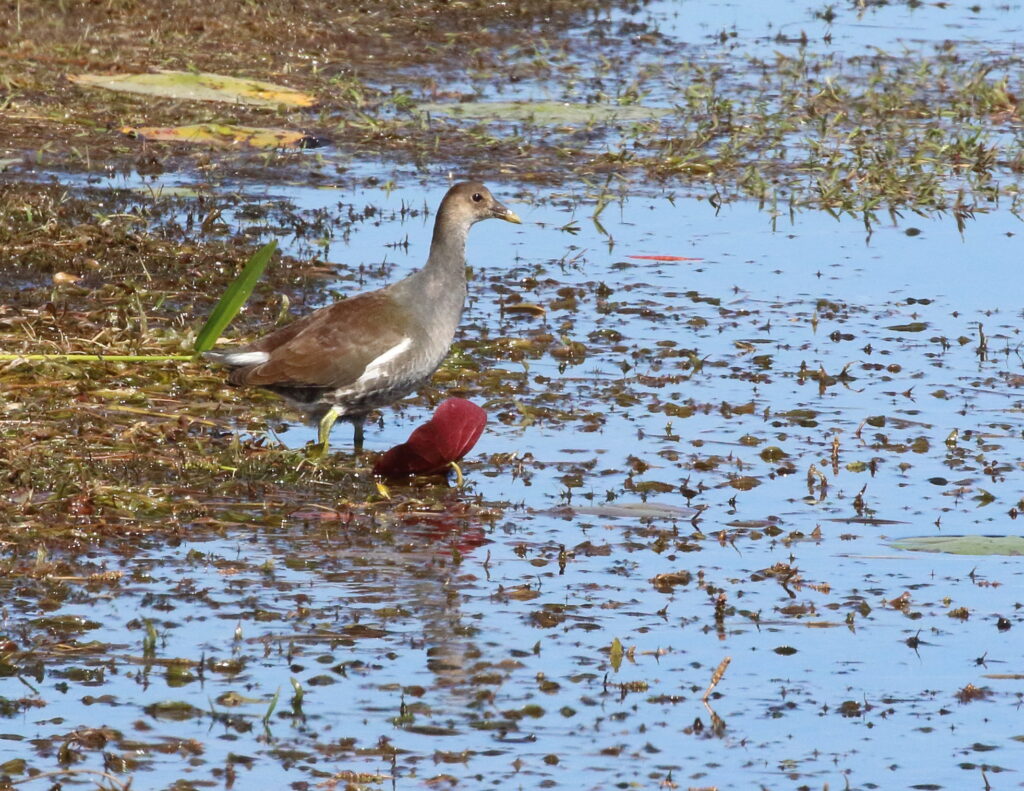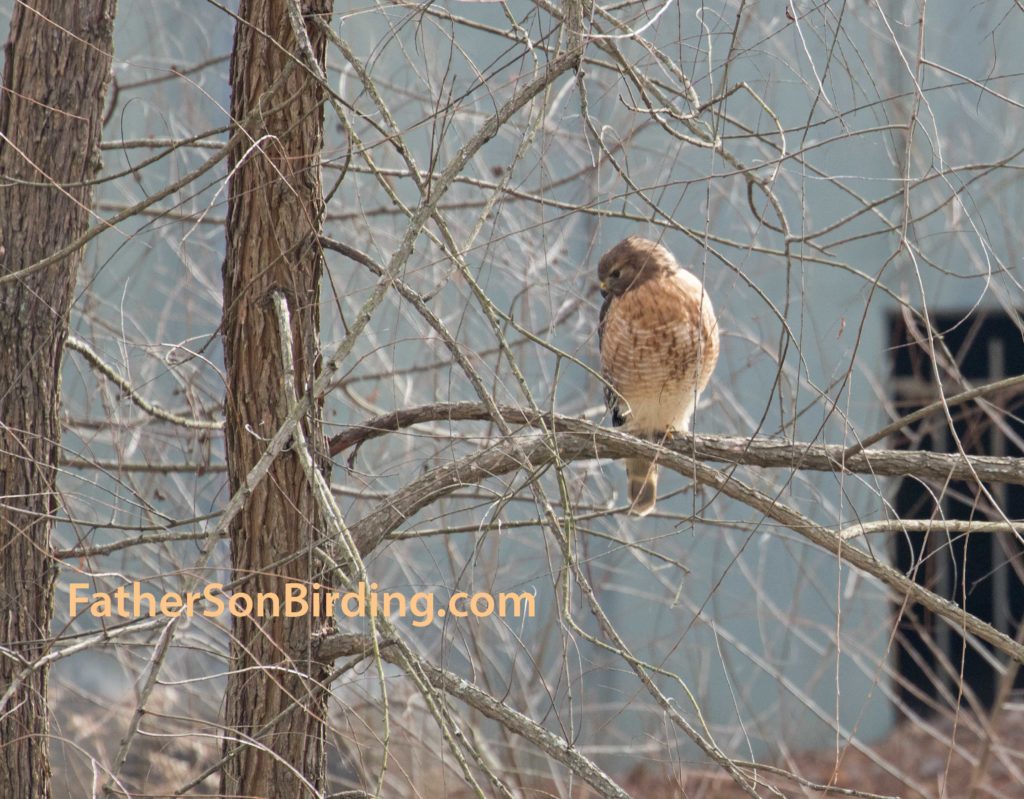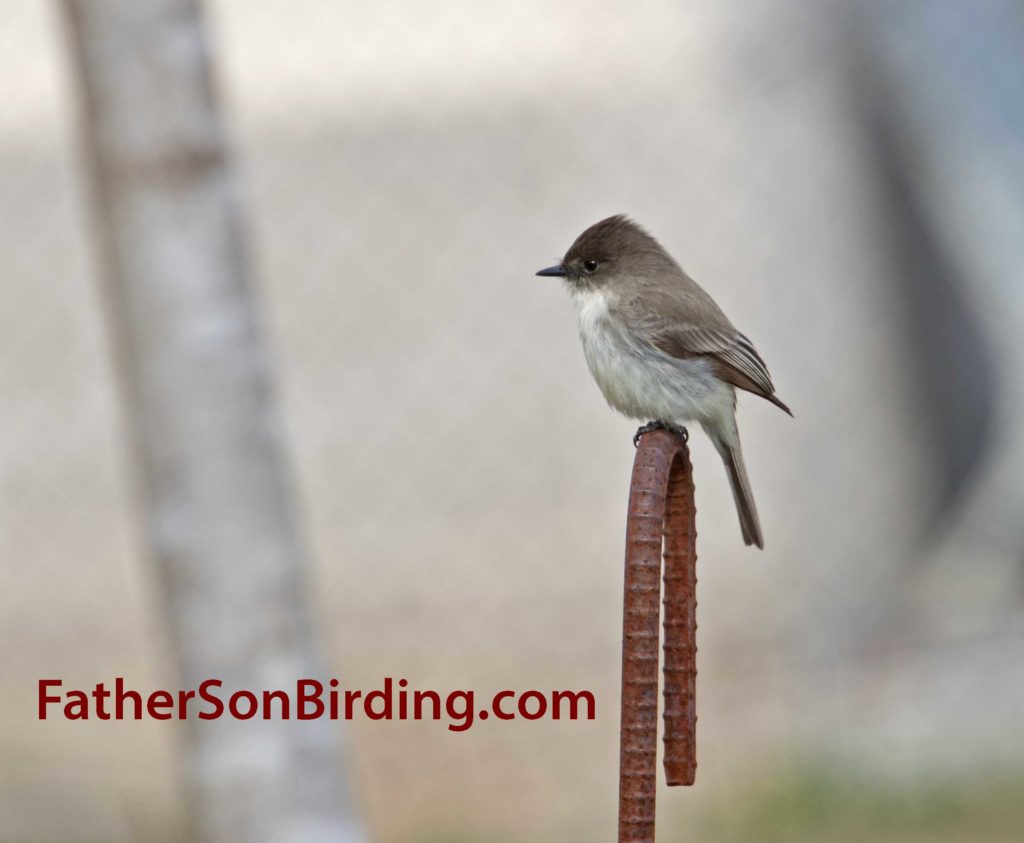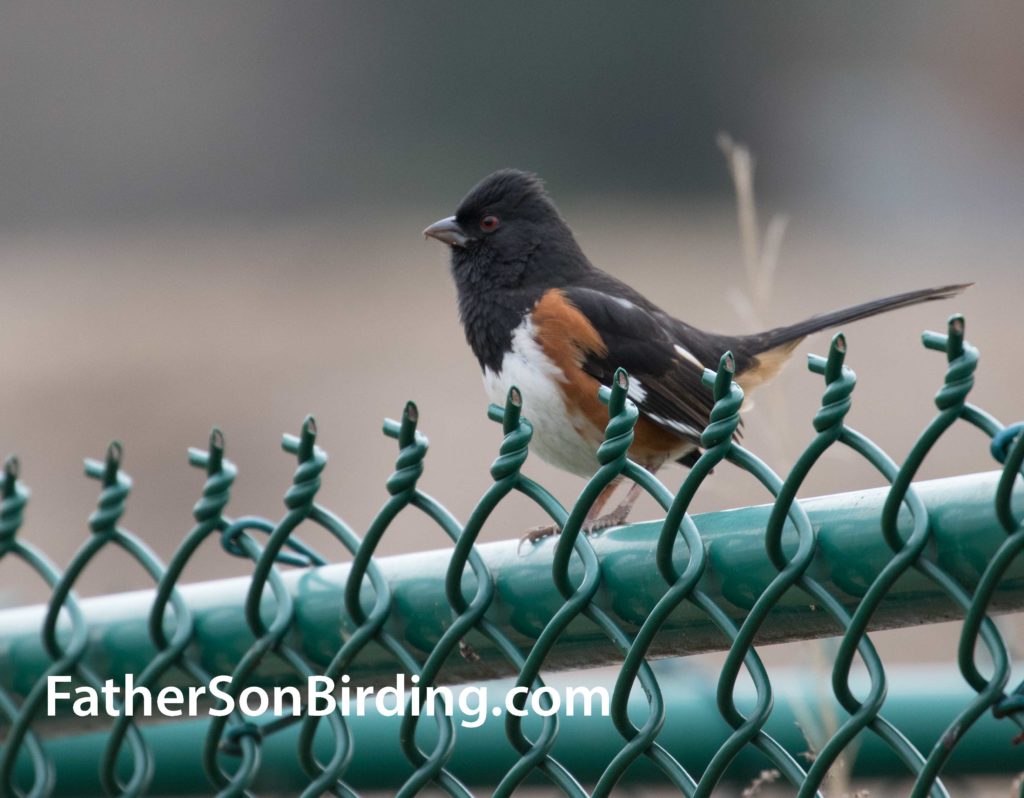The following is a written version of a presentation Braden gave to the UMaine Birding Club at last Thursday’s meeting. Warning: Do Not Read unless you have a sense of humor!
In the 1920s, the General Federation of Women’s Clubs decided that every state should have a bird to represent it, a bird of its very own. A diverse array of groups, including women’s clubs, schoolchildren, and state legislatures voted on the state birds, eventually giving each state a bird (well, almost every state, and we’ll get to that). But put quite simply, most of the state bird selections are bad, and I’m not the only birder who believes this. Almost anyone with knowledge of North America’s avifauna agrees that the people who selected the state birds of the United States of America did a woefully horrible job. Let’s go over why that is.
In order to call a state bird “bad,” you must first determine what makes a state bird “good.” I designed the following set of criteria expressly for this purpose:
- Each state must have a state bird.
- The state bird must be a real bird.
- The state bird must be wild.
- The state bird must be unique to, native to, and representative of that state.
- The state bird name must not be offensive or insulting to the vast majority of American citizens.
These criteria should be easy to fulfill, but after analyzing each and every state bird, I determined that a mere thirteen of the state birds qualify as “good.” Willow Ptarmigan, for example, is the state bird of Alaska. Willow Ptarmigans are real, wild birds found across the entire state. Furthermore, they represent their state in a way no other state birds could. To wit, much of Alaska in summer is brown—and so is the Willow Ptarmigan. In winter, Alaska is white—and so is Willow Ptarmigan. Finally, their name doesn’t offend anyone. This, then, is a great example of what a state bird can and should be.
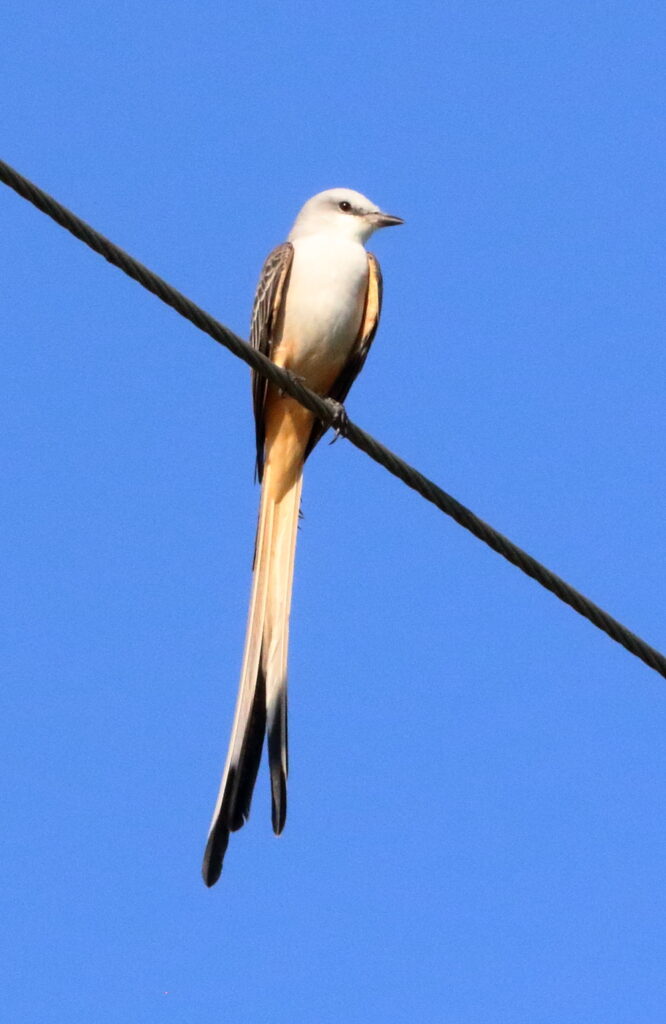
Twelve other states met my criteria, due to their well-thought-out, unique selections. These include Georgia, with the Brown Thrasher, a widespread backyard bird with a great singing voice, and Oklahoma, with the Scissor-tailed Flycatcher, a bird that only breeds in a limited part of the country that includes Oklahoma. It also sports striking colors and an impressive caboose. The other states with good state birds are: Arizona (Cactus Wren); Colorado (Lark Bunting); Hawaii (Nene); Louisiana (Brown Pelican, my dad’s favorite bird); Maryland (Baltimore Oriole); Minnesota (Common Loon); New Hampshire (Purple Finch); New Mexico (Greater Roadrunner); South Carolina (Carolina Wren); and finally, Vermont, with Hermit Thrush as its avian emblem.
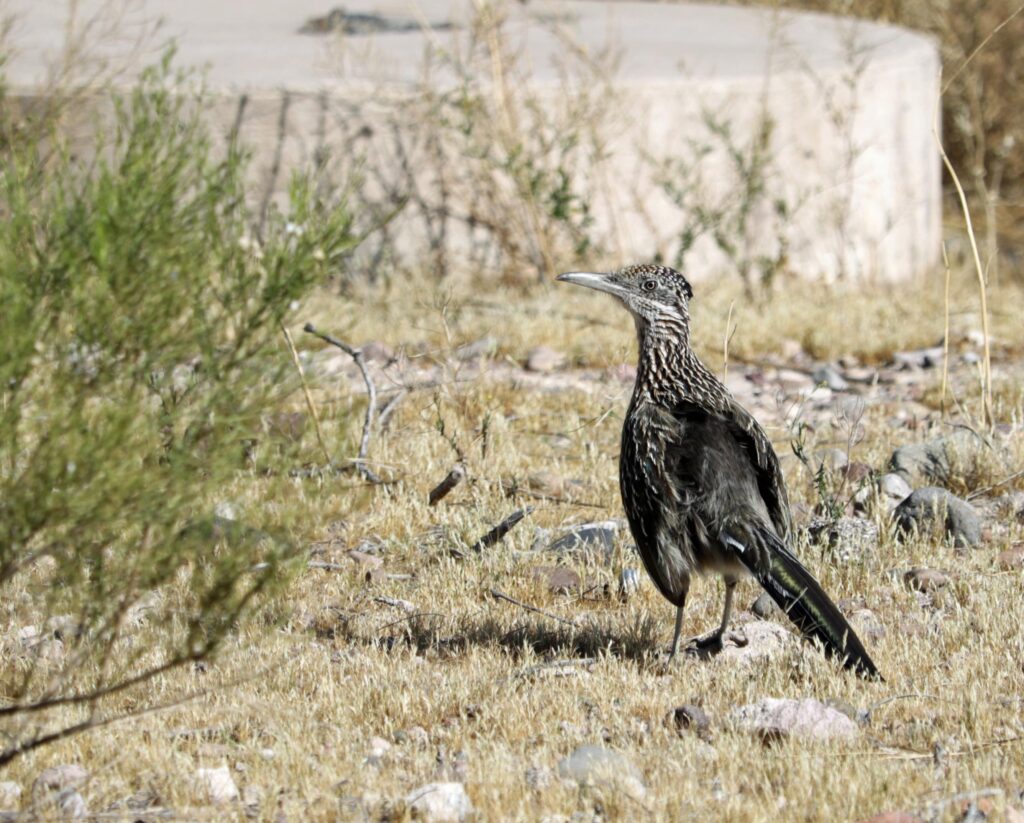
The bad news? THIRTY-SEVEN states fail the “good bird” criteria, which, honestly, is ridiculous. Let’s take a closer look at how various states have failed in their selections, one criterion at a time.
CRITERION #1: EACH BIRD MUST HAVE A STATE BIRD.
Now, you’d think this one would be easy, right? The General Federation of Women’s Clubs said that each state should have a bird to represent it, and so all fifty of the states should have followed suit, right? Wrong. Pennsylvania, of all places, failed this most simple of tests. I had a job in Pennsylvania last summer, and loved it. I got to know the state’s avifauna well, with its dozens of breeding warblers and melodic Wood Thrushes and goofy Scarlet Tanagers. Golden-winged Warblers have leapt to the top of my all-time favorite birds list because of what I experienced—so you can imagine my utter disappointment upon finding out that the Keystone State completely lacks a “Keystone bird.”
Now, Pennsylvania does have a state game bird. Is this the same? No. No, it is not. South Carolina’s state game bird is the Northern Bobwhite. That is different from its state bird, the Carolina Wren. Georgia’s state game bird is the Wild Turkey, while its state bird is the Brown Thrasher. State birds should represent the cultural and ecological aspects of the regions they are chosen for. State game birds, on the other hand, are birds that people most like to shoot at. So no, I don’t care how adorable a Ruffed Grouse’s neck feathers look during the breeding season. It is the state game bird of Pennsylvania, but it is not the state bird. Sigh.
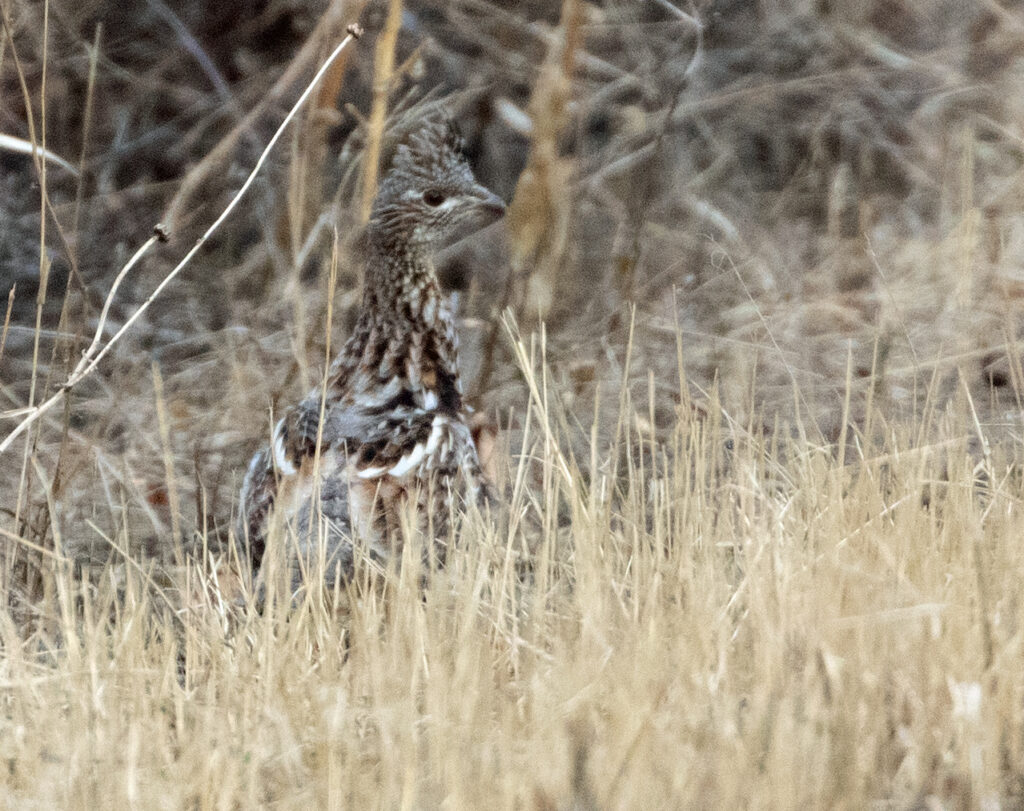
CRITERION #2: THE STATE BIRD MUST BE A REAL BIRD.
This is what I got the most flack about during my birding club presentation, and it was mainly due to the two club members from New Jersey. Go figure. So let’s talk about goldfinches. There are three goldfinches native to North America. One is the American Goldfinch, one of the continent’s most widespread species. Another is the Lesser Goldfinch, found in the arid southwest (and now, likely thanks to climate change, parts of Montana). The third breeds only in California and winters in the desert—the Lawrence’s Goldfinch. American, Lesser, Lawrence’s. Three goldfinches. Just three.
So why is New Jersey’s state bird the EASTERN Goldfinch? That’s not a thing! It does not exist! You might say, “Well, Braden, I’m from New Jersey and think I’m pretty cool and would like to inform you that Eastern Goldfinch is actually the subspecies of American Goldfinch found in New Jersey.” My response: “Well Mr. and/or Mrs. New Jersey, I didn’t think I had to clarify that a state bird must be a full species!” Your state bird cannot be an obscure subspecies, and beyond that, the people who picked the Eastern Goldfinch didn’t even know what subspecies are. They likely chose it because back then, American Goldfinches were known as Eastern Goldfinches in New Jersey. Well, guess what? It’s 2023 now, not 1923, so wake up and change your state bird’s name. Oh, and by the way, Iowa did the same thing! Thankfully, no western states would make this kind of ridiculous mis—
Oh, wait a minute. I forgot about Washington. Its state bird is the WILLOW Goldfinch! Did I stutter when I said there were three goldfinches in the U.S.? Eastern is not among them, and Willow most certainly is not! All this being said, these errors are mostly due to changes in bird names over the last century and states not updating those bird names. I was joking about what I said above, concerning Mr. and Mrs. New Jersey. Mostly. Let’s move on.
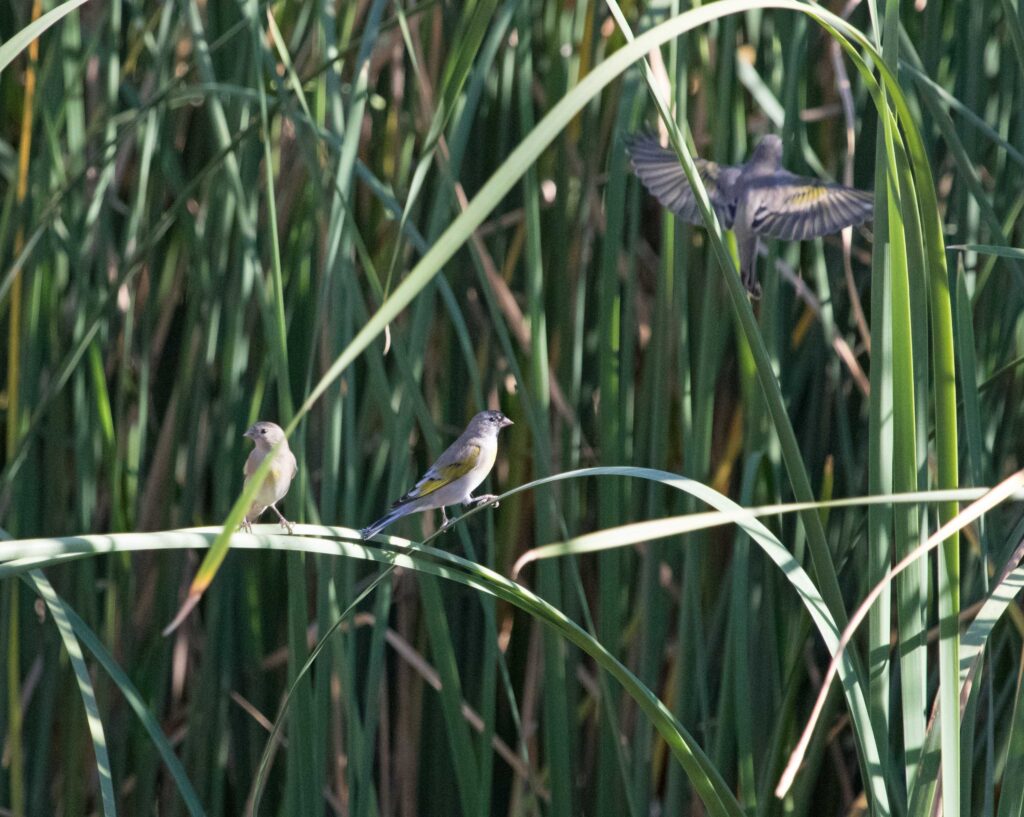
CRITERION #3: THE STATE BIRD MUST BE WILD.
Domesticated animals do not represent the unique land that each state contains. We brought them here for our own reasons, and they exist here simply to serve us. Wild birds are not like that. And so what was Rhode Island thinking when it selected a breed of chicken, the Rhode Island Red? Granted, Rhode Island doesn’t have much land to work with, but the state still has recorded more than 300 species of native, wild birds. Were all of the state legislators hungry the day they picked a chicken? Was Colonel Sanders sitting amongst these legislators, throwing feathers at them and offering to fund their next campaigns for office? Whatever the reason, Rhode Island somehow did a better job than Delaware, which not only selected a chicken, but picked the Delaware Blue Hen, something that isn’t even an officially recognized breed. Still, we’re not going to honor either selection with a photo.
CRITERION #4: THE STATE BIRD MUST BE UNIQUE TO, NATIVE TO, AND REPRESENTATIVE OF THAT STATE.
Oh, boy. Here we go. Up to this point, we’ve had a few failures per criterion—a state without a state bird here, two chickens there—but things are about to ramp up.
Let’s start with a state bird that isn’t *that* bad: California’s state bird, the California Quail. It’s found across the state, it’s familiar, it’s endearing, and it even has the state’s name embedded in it. There are seven birds named for the state of California, and I have to admit that the California Quail was a better choice than most of the others: the California Thrasher, Scrub-Jay, Gnatcatcher, Towhee and Gull. The quail is the second best California bird. But one overshadows it, one of North America’s largest birds, a critically endangered species that soars between the canyons of Big Sur State Park and over the rocky red pillars of Pinnacles National Park. This bird almost went extinct, thanks to DDT among other things, and is only still with us because of the work of Rachel Carson and hundreds of other hard-working conservationists. There’s really little to debate; the California Condor should, hands down, be California’s state bird. It may not be as widespread as the quail, but with persistent conservation efforts and luck, it may be again someday.

Leaping down from that majestic image, I present to you Utah’s state bird: the California Gull. Do you see anything wrong here? Not only did Utah select a bird named after another state, it probably picked the worst of the California-named birds. The choice involves Mormons and agriculture and hordes of grasshoppers and gulls appearing like angels in the rising sun to gobble up those grasshoppers and save the day. Still, human agricultural practices and ravenous insects are no reason to pick a state bird named after another state. Utah, you can do better. Maybe a project for Mitt Romney, now that he’s retiring?
And that brings us to the repeats. Maine and Massachusetts share Black-capped Chickadee as their state bird. Is Black-capped Chickadee a bad state bird? No. They’re one of North America’s most familiar birds and have adorable, curious personalities. In fact, they’re probably on my fairly long list of favorite birds. That said, a state bird should be unique. My solution? Give Mass the chickadee. Maine has a variety of excellent options, including boreal birds like Spruce Grouse and seabirds like Razorbill. And of course the Atlantic Puffin is plastered on every sign, billboard and advertisement in the coastal part of the state—why not make it the state bird?
Eastern Bluebird represents both New York and Missouri, creating the same problem. Again, there is nothing wrong with the bluebird as a state bird, but only one of these states should claim it. Idaho and Nevada both have Mountain Bluebird, and American Robin is the state bird of three states: Connecticut, Wisconsin and Michigan.
Northern Mockingbird represents five states, and it gets worse, because they include two of best birding states in the country: Texas and Florida. Both states receive a phenomenal array of species within their borders, with Florida recording more than 500 species and Texas surpassing 600. Texas is home to the endangered prairie-chickens that dance in the shortgrass prairie, an endemic warbler and vireo found in the hill country, dozens of colorful Mexican species, and just about every bird that migrates into or out of North America. Florida, meanwhile, holds two birds that feed exclusively on snails, a trio of birds found only in the endangered Longleaf Pine Savanna ecosystem, and a completely endemic corvid named after the state itself: the Florida Scrub-Jay. And yet, what did they choose? The Northern Mockingbird—along with Tennessee, Mississippi and Arkansas. As a humorous aside, I found this defense from an op-ed in a Florida newspaper arguing for the mockingbird and against the scrub-jay as the state’s bird: “The mockingbird is a well-established, independent, prolific bird that doesn’t need government protection or our tax dollars to survive.”

Believe it or not, Northern Mockingbird isn’t even the most commonly chosen state bird. Western Meadowlark is the state bird of six states, including Montana and Oregon, two diverse states that mean a lot to me. I’ve had a lot of fun experiencing the birdlife of these two places over the last decade (yes, my dad and I have been birding for a decade as of this January), and Western Meadowlark is an icon of the West, but again, six states do not need to have the same bird. For Montana I might suggest Black Swift, Sprague’s Pipit, or Chestnut-collared Longspur. Varied Thrush would make a stunning bird to grace Oregon’s flags and signs.
And that brings us to the Northern Cardinal, the state bird that just won’t stop. After Kentucky chose it in the early 1920s, six more states followed suit. I mean, it’s fun and red, but seriously??? With all the other great birds to choose from, the lack of creativity amongst these states is mind-boggling.
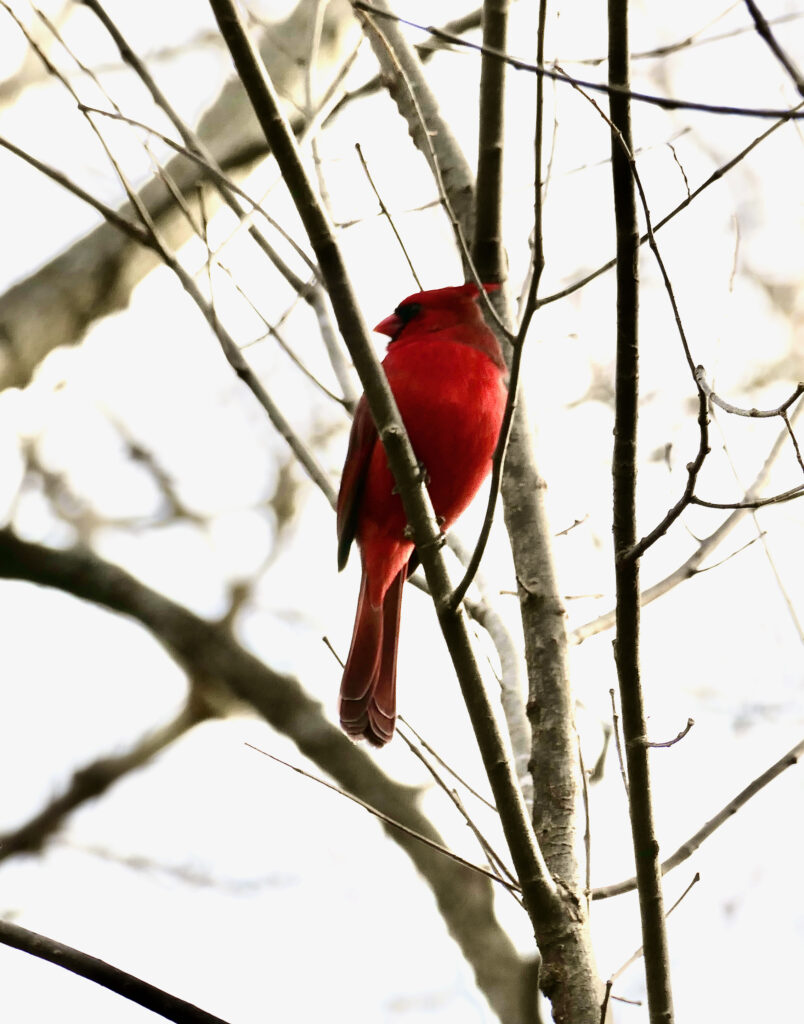
Oh, and as for the “native to” part of this criterion? South Dakota’s state bird is the Ring-necked Pheasant—a native of China, not the United States. Not even the same continent! Note to South Dakota politicians: you may not want to use this bird as part of your political platform. Which, finally, brings us to . . .
CRITERION #5: THE STATE BIRD MUST NOT BEAR A NAME OFFENSIVE TO LARGE GROUPS OF PEOPLE.
This is a no-brainer, and my dad will address it in an upcoming post.
For now, this post is longer than expected so I’ll wrap up swiftly. The state birds are bad, plain and simple. Most need to be changed. Do I think they ever will be? No. Meanwhile, if this post raised your blood pressure (and it should!), please let us know what you think your state bird should be!

